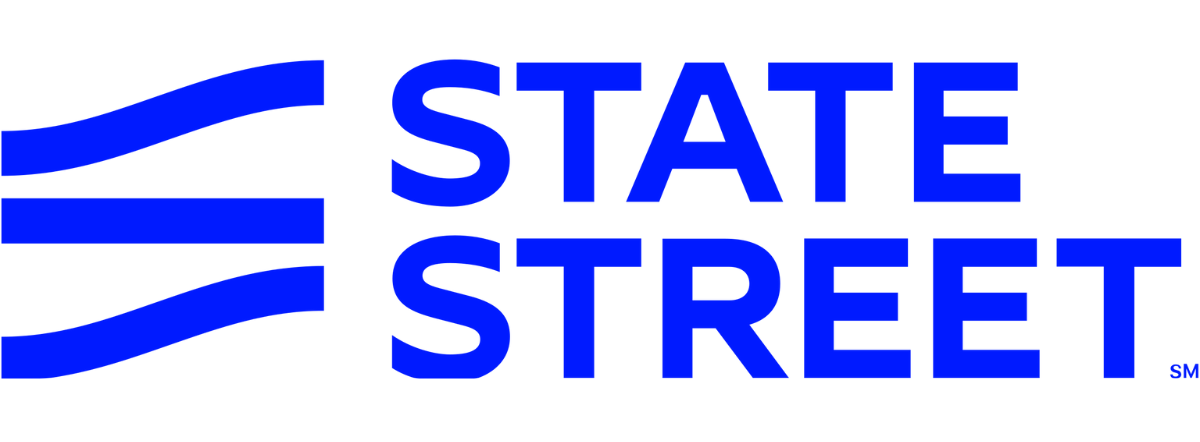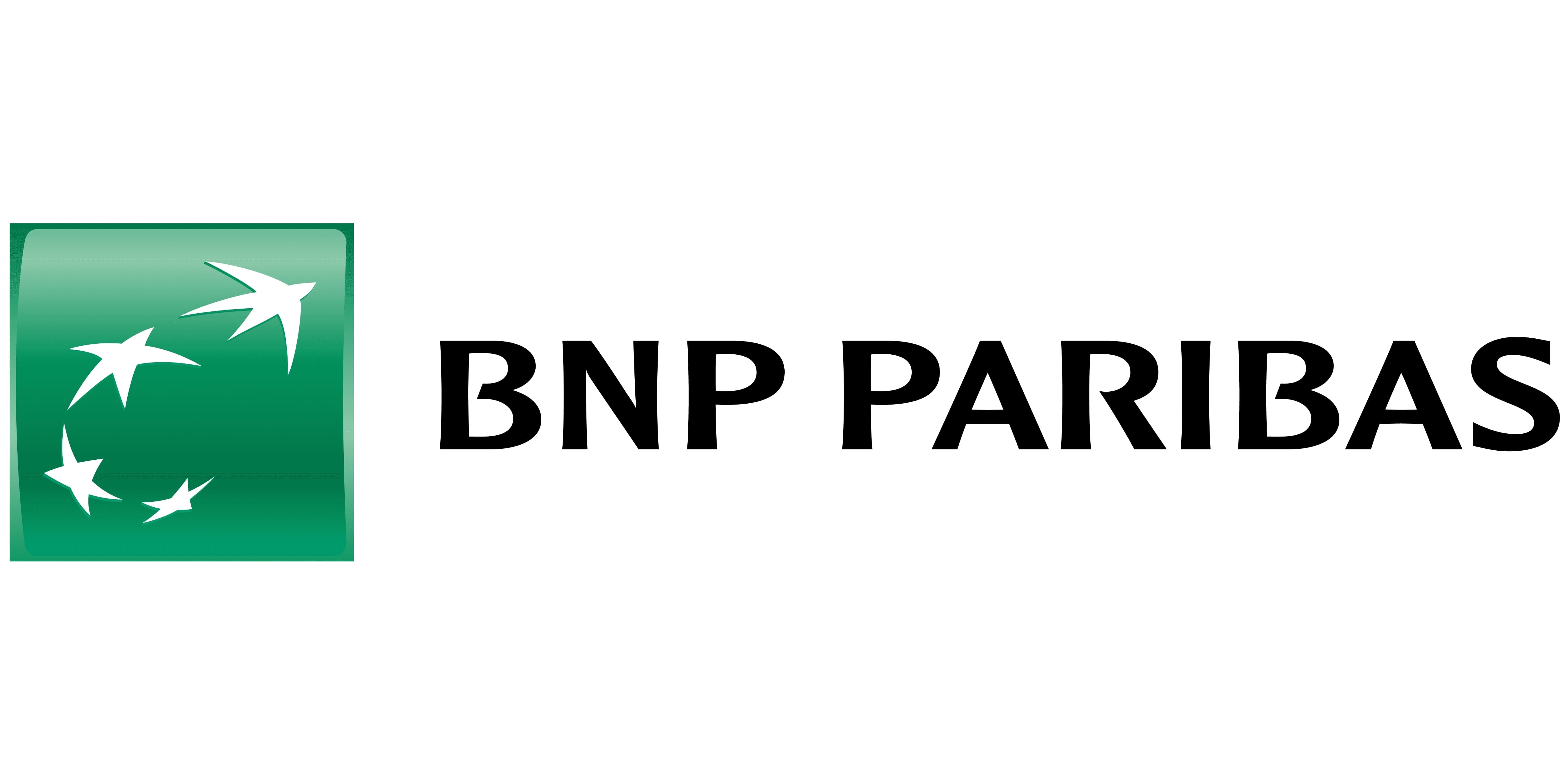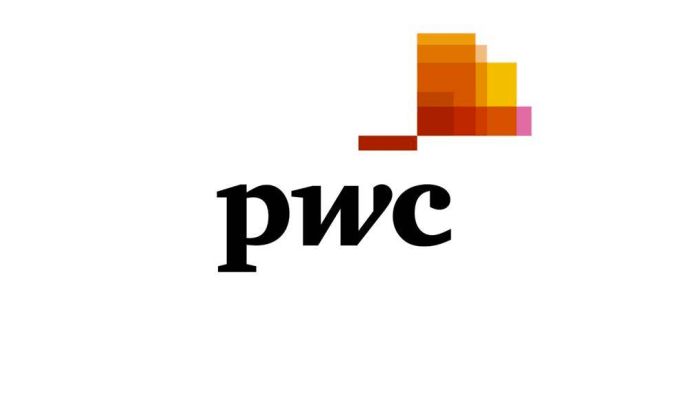Strong demand for fixed income ETFs, the rise of active ETFs, the move to T+1 settlement and the use of listed and unlisted share classes are set to shape the European ETF market over the next 12 months.
The return of fixed income as a viable asset allocation tool looks set to continue as one of the key themes heading into 2024.
According to data from BlackRock, global fixed income ETFs saw $300bn inflows in 2023, up from $266bn the previous year, following the spike in yields across bond markets.
As markets forecast central banks – notably the Federal Reserve – to start cutting interest rates this year as economies across the globe head into a recession, this creates an attractive environment for fixed income.
Benoit Sorel, global head of ETF, indexing and smart beta at Amundi, told ETF Stream fixed income is the one asset class of particular focus for investors in 2024.
Highlighting this, according to a recent ETF Stream survey of professional investors, in partnership with JP Morgan Asset Management (JPMAM), 83% of respondents predicted 2024 will be the year of fixed income versus just 40% for equities.
“We have observed an increased interest in fixed income ETFs over the recent years and in particular in 2023 due to the regime change in interest rates,” Sorel explained.
“Product innovation is also supporting fixed income ETF adoption, with investors having more options to invest in fixed income than ever before. In 2024, fixed income exposures are likely to attract strong flows at a time when economic activity deteriorates.”
His views were echoed by Jason Xavier, head of EMEA ETF capital markets at Franklin Templeton, who said the focus on the “economic ‘landing’ story” will create strong demand for fixed income ETFs over the next 12 months.
“Against the backdrop of a suggested downturn looming, we believe fixed income will be in focus again this year – specifically, duration and creditworthiness,” he added.
“Therefore, we believe fixed income ETFs that offer longer duration and better-quality credit should see the greater share of net inflows in 2024.”
Overall, BlackRock forecasts assets in global fixed income ETFs will treble to $6trn by 2030 as investors take advantage of product innovation within the indexing space.
The rise of active ETFs
Active ETFs is another segment of the market that is expected to see further growth in 2024 as investors become increasingly comfortable with marrying the benefits of the ETF wrapper with active management.
The ETF Stream and JPMAM survey found 40% of the 66 professional investor respondents plan to increase their allocations to active ETFs while a further 30% use active ETFs and will maintain their positions.
Active ETFs is becoming a core focus for many asset managers, especially new entrants to the ETF market that are looking to differentiate from the competition.
Over the past 18 months, the likes of AXA Investment Managers, abrdn, Horizon Kinetics and Investlinx have all launched active ETFs while Robeco is set to enter the market this year.
Ciaran Fitzpatrick, head of ETF solutions for Europe at State Street, said he expects this trend to continue over the next 12 months.
“We expect to see an increase in the number of traditional active managers entering the European ETF space in 2024 and also several traditional passive ETF managers adding active ETFs to their range,” he said.
Marie Coady, global ETF leader at PwC, forecasted “significant” growth and innovation in ETFs over the next 12 months, with active management set to play an important part in this.
“This includes an influx of new and existing ETF managers seeking to capitalise on the opportunities with respect to active ETFs,” she added.
T+1 settlement
From a regulatory perspective, the ecosystem is gearing up for the move to a T+1 settlement cycle in the US by May.
The shift is designed to drive more efficient use of capital across markets by reducing credit, market and liquidity risks, however, there are unique challenges for the European ETF market.
Firstly, the EU’s ETF market is already suffering from an increase in settlement failures due to the introduction of the Central Securities Depositary Regime (CSDR) which implements fines for participants failing to settle on time.
As Camille Papillard, head of financial intermediaries and corporates, EMEA, at BNP Paribas, said: “The big danger is that moving to T+1 risks increasing the number of settlement fails, producing more inefficiency in Europe’s markets.”
US equities in UCITS ETFs will be required to settle on a T+1 basis in the primary market but overall ETFs will remain on a T+2 settlement cycle which could create challenges for liquidity providers.
The potential challenges led the European Securities and Markets Authority (ESMA) to issue a ‘call for evidence’ last October to gather market views on the impact of shortening the settlement cycle.
Shane Coveney, partner at Dillon Eustace, said he expects European ETF issuers with significant US exposures to consider bringing settlement cycles in line with the US market.
“We anticipate that this will be adopted in an effort to drive more efficient use of capital across markets by reducing the operational risk attached with longer settlement cycles,” Coveney predicted.
“The potential for this to be a topic of discussion in Europe during 2024 was evidenced by ESMA’s recent ‘call for evidence’ and proposal to engage with the European Commission on the topic this year.”
SFDR: What next?
An overhaul of the Sustainable Finance Disclosure Regulation (SFDR) could be on the cards in 2024 after the European Commission issued a consultation on the regulation in the second half of the year.
In response, the European Fund and Asset Management Association (EFAMA) said a new system should be introduced to replace the current Article 8 and Article 9 system which has become a “de facto” labelling regime.
From an ETF perspective, Coveney said there is potential for index providers to be brought within the scope of SFDR requirements.
“We anticipate further interaction between industry and regulators on this topic over 2024 with further clarifications in relation to the role of index providers,” he added.
Final word
Overall, product innovation will remain a key focus for ETF issuers looking to differentiate in an increasingly crowded market.
ETFs in Europe now total over $1.8trn assets under management (AUM), a figure that is only set to increase over the next decade.
As Fitzpatrick said: “We are expecting another year of continued growth in the European ETF market with the addition of new managers, new product types and possible consolidation across providers.”








